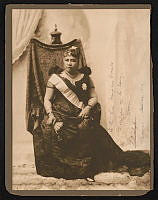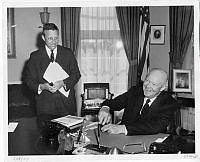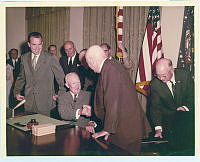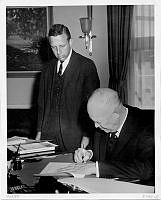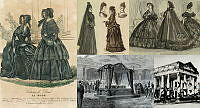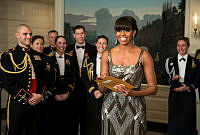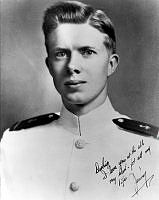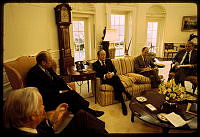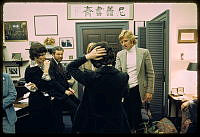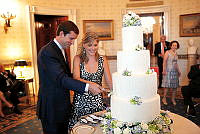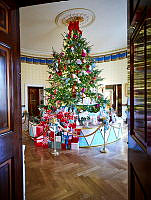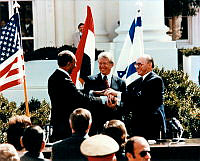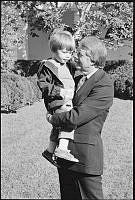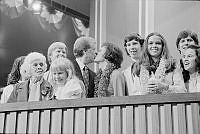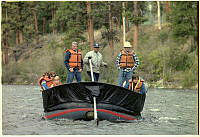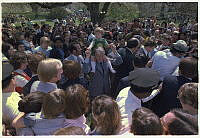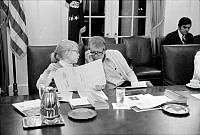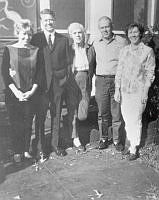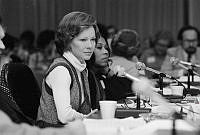Foreword; White House History Number 33
Copyright © Summer 2013 White House Historical Association. All rights reserved under international copyright conventions. No part of this article may be reproduced or utilized in any form or by any means, electronic or mechanical, including photocopying, recording, or by any information storage and retrieval system, without permission in writing from the publisher. Requests for reprint permissions should be addressed to books@whha.org
Further pursuing our interest in the neighborhood context of the White House, as well as the presidential complex itself, this issue hopes to paint a picture of the Mexican-American War era there (1846–48), when the American armies were fighting a war two thousand miles away on foreign soil. The capital tensed for reports from the fronts. Military action followed two main lines of assault in Mexico, the first, under General Zachary Taylor, pushing inside the Mexican republic overland from Texas and the second entering by sea at Vera Cruz and marching from that Gulf of Mexico port, under General Winfield Scott, to the capital at Mexico City.
It naturally was an exciting time in Washington. No better visit to the scene can be found than the diary of Elizabeth Dixon, wife of Congressman James Dixon, a Whig from Connecticut. Their time in Washington precisely coincided with the Mexican War. Her experiences in the wartime capital are vividly detailed. Her friends were numerous. White House History is especially proud to be the first to publish this diary, which is in the collections of the Connecticut Historical Society and has long been a prized source for scholars of the era. The second half of Mrs. Dixon’s diary relates to the Civil War, when her husband returned to Washington. Watch for it in a later number of the journal.

General Zachary Taylor leads the charge at The Battle of Buena Vista, February 1847. Thousands of colorful prints like this brought the Mexican War to the American public.
President and Mrs. Polk’s tastes in symbols reflective of the president’s achievements are seen in articles on a statue of Thomas Jefferson, a portrait of the earlier conquistador Cortez, and furnishings and artifacts they collected for the Nashville, Tennessee mansion they hoped would be their “Mount Vernon” for all time. An amble over wartime Washington presents daguerreotypes of the capital city actually taken while the Mexican-American War took place.
What began as a popular war, ended in great disfavor with the American people. It was with the war, however, that President Polk and his political circle were able to stretch the American boundary west to the Pacific Ocean. The wheels of change rolled fast. A youthful navy lieutenant Edward Beale, who would one day live in the White House neighborhood, slipped out of California through Mexico, disguised as a vaquero, found his way to New Orleans and eastward, terminating his journey at the White House, where he spilled on the table before Polk his secret baggage of gold nuggets. The president, amazed but not dumbfounded, added news of the discovery to his Annual Message to Congress, thus beginning the Gold Rush.

This print published during the war celebrates General Winfield Scott’s advance into Mexico via Vera Cruz in 1847. It is captioned: “The Colors of the United States were triumphantly planted ashore in full view of the City and Castle and under the distant fire of both. The whole army reached the shore in fine style without accident or loss.”













